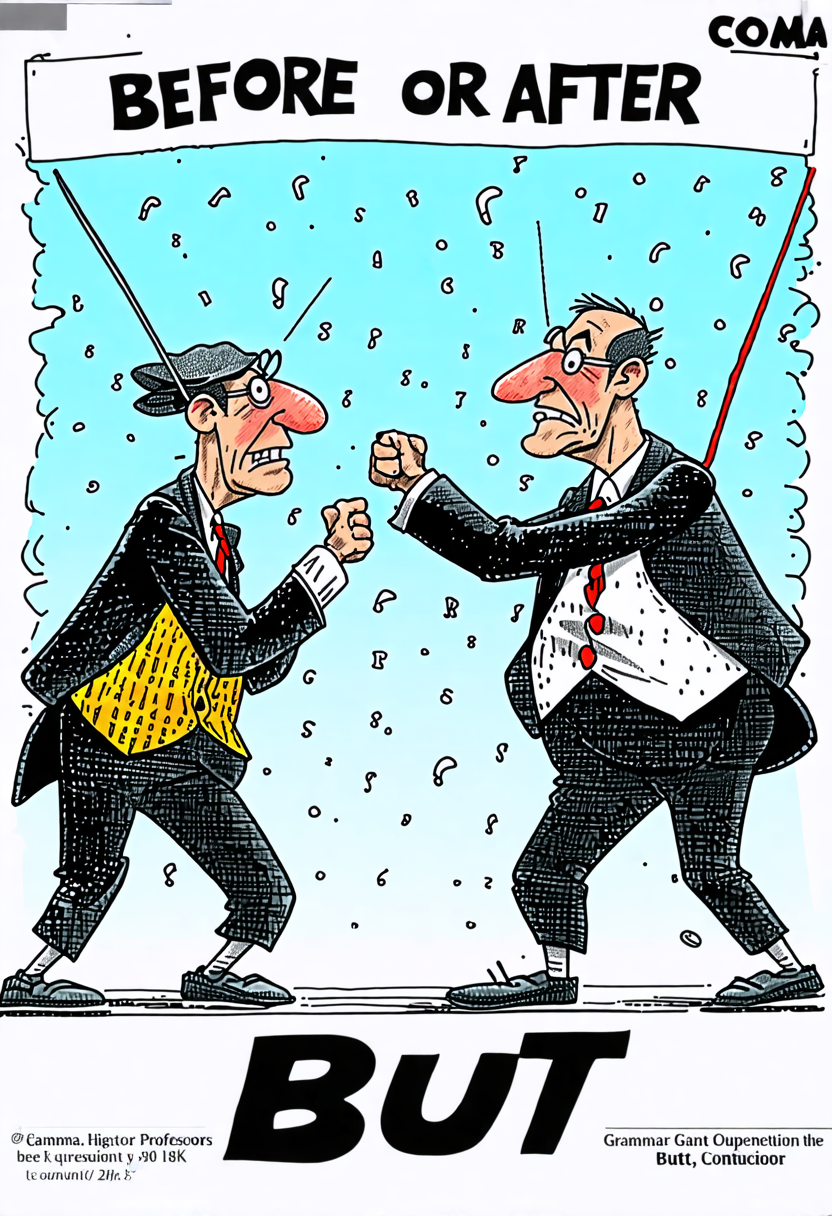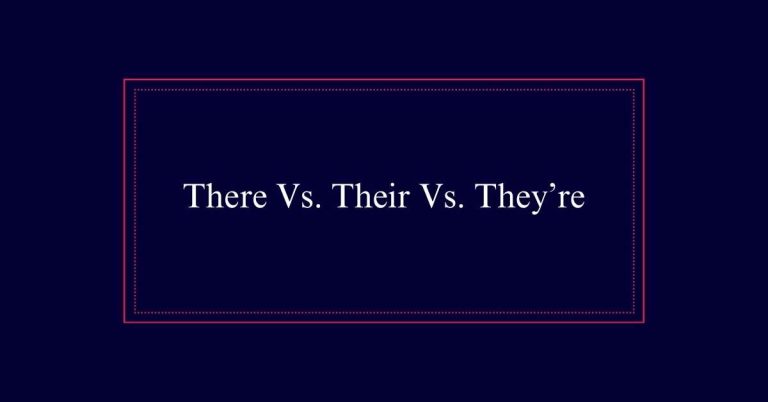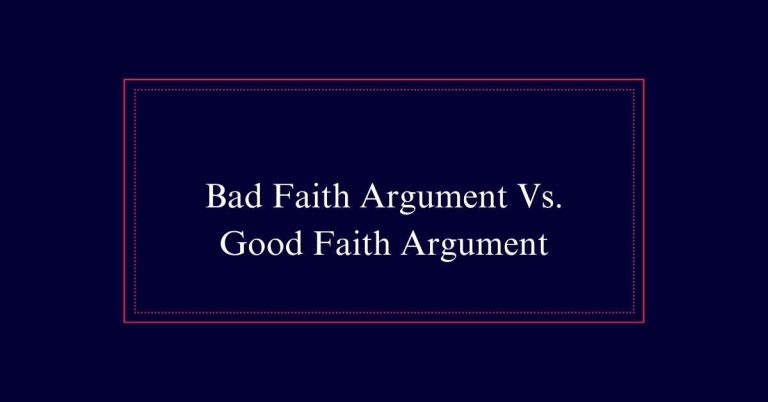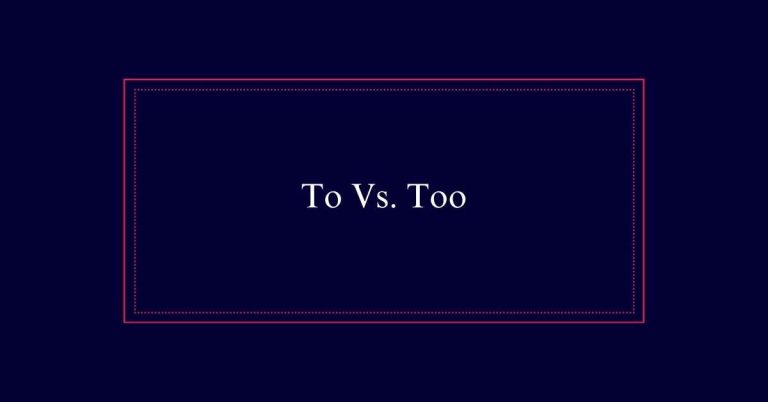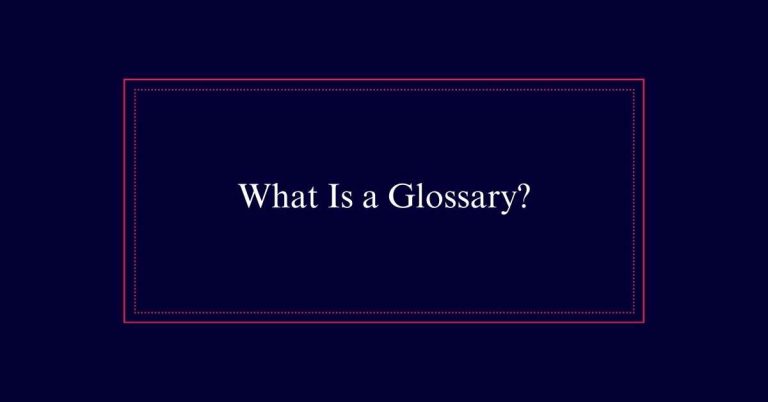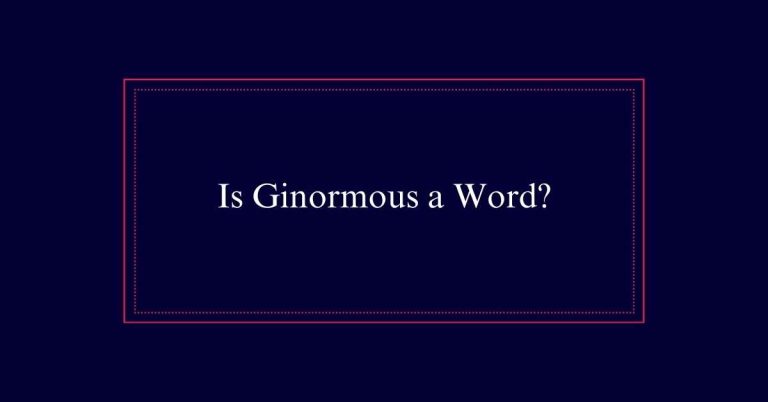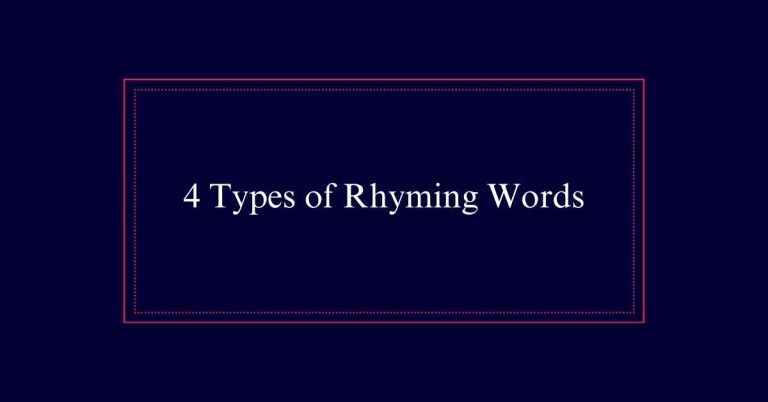Comma Before or After “But”?
Use a comma before ‘but’ when connecting two independent clauses. For example, ‘She was tired, but she finished her work.’ If ‘but’ connects an independent clause to a dependent clause, no comma is needed. For example, ‘She wanted to go, but couldn’t leave early.’
Comma Before ‘But’
A comma should be placed before ‘but’ when it connects two independent clauses. To determine if a comma is needed, check if the phrases before and after ‘but’ can stand alone as complete sentences.
For example, ‘The dog is young, but he is well trained.’ Both parts can function independently, so a comma is necessary.
Conversely, if ‘but’ connects an independent clause to a dependent clause, a comma is not needed. For example, ‘The dog is young but well trained.’ Here, ‘well trained’ cannot stand alone.
This rule applies to all conjunctions, not just ‘but’.
Independent Clauses and ‘But’
Independent clauses are complete sentences that can stand alone but can also be connected using the conjunction ‘but’. When ‘but’ joins two independent clauses, a comma must precede it. This guarantees clarity and proper punctuation.
For example, in the sentence ‘She wanted to go for a walk, but it started raining,’ both parts can stand alone as independent sentences. This means a comma is needed before ‘but’.
Remember, the key is to check if the clauses on both sides of ‘but’ can be complete sentences by themselves. If they can, use a comma.
Dependent Clauses and ‘But’
While independent clauses connected by ‘but’ require a comma, dependent clauses do not. A dependent clause cannot stand alone as a complete sentence.
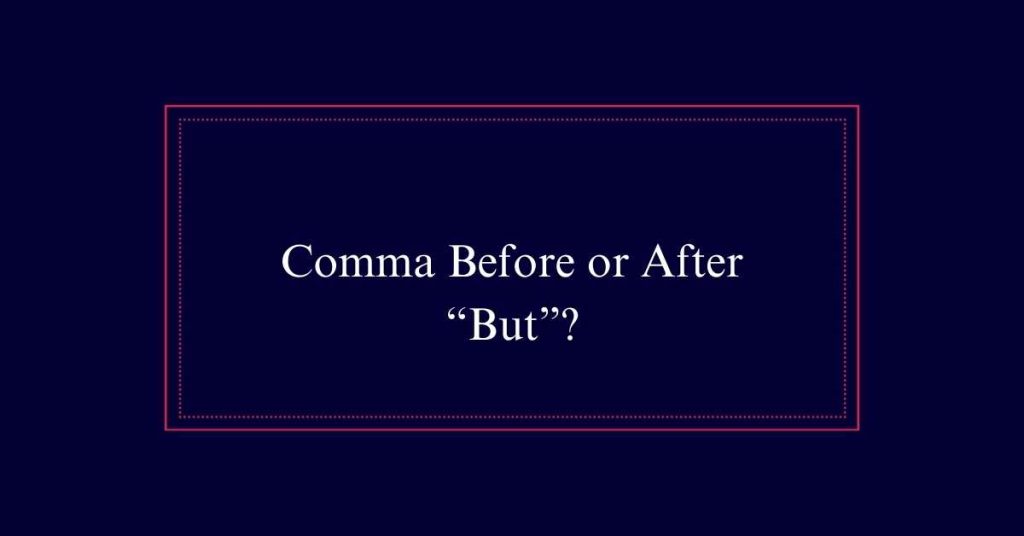
Hence, no comma is necessary when it is connected to an independent clause by ‘but’. Understanding the difference helps in avoiding common punctuation errors.
Here are key points to remember:
- Identify Clauses: Determine if the clause after ‘but’ is dependent.
- No Comma Needed: Do not use a comma if the second clause is dependent.
- Example: ‘She wanted to go, but couldn’t leave early.’
Conjunctions and Commas
Conjunctions play an important role in sentence structure and often determine comma placement. They connect words, phrases, and clauses, helping to create complex and nuanced sentences.
When using conjunctions like ‘but,’ understanding comma placement is vital. A comma is necessary before ‘but’ when it connects two independent clauses. This guarantees clarity and prevents run-on sentences. For example, ‘I wanted to go for a walk, but it started raining.’ Here, both clauses can stand alone as complete sentences.
However, if ‘but’ connects an independent clause to a dependent clause, no comma is needed. For instance, ‘I wanted to go for a walk but couldn’t because of the rain.’
Common Examples
In various sentences, the placement of commas before or after ‘but’ can have a significant impact on clarity and meaning.
Here are some common examples to illustrate proper usage:
- Independent Clauses: ‘She wanted to go to the beach, but it started raining.’ Both parts can stand alone.
- Dependent Clauses: ‘She wanted to go to the beach but needed to finish her work.’ The phrase after ‘but’ cannot stand alone.
- Interrupters: ‘He agreed to help, but, of course, he had conditions.’ The phrase ‘of course’ adds emphasis and is set off by commas.
Identifying Interrupters
An interrupter is a word or phrase that breaks the flow of a sentence to add emphasis, emotion, or a conversational tone. Common interrupters include words like ‘however,’ ‘of course,’ and ‘indeed.’
These elements can enhance the meaning of a sentence but require careful punctuation to maintain clarity. Interrupters can appear at various points in a sentence, not just after conjunctions like ‘but.’
When identifying an interrupter, ask whether the sentence maintains its core meaning without it. If it does, then you’ve likely identified an interrupter.
Recognizing these can greatly enhance your writing, making it more engaging and precise. Proper punctuation around interrupters ensures that your message is clear and effectively communicated.
Commas With Interrupters
When interrupters break the flow of a sentence, proper comma placement is crucial for clarity.
Interrupters are words or phrases that provide extra information or emphasize a point. They can appear before or after ‘but’ and need to be set off with commas to guarantee the sentence reads smoothly.
To use commas with interrupters:
- Identify the Interrupter: Recognize words or phrases that disrupt the sentence flow.
- Place a Comma Before and After: If the interrupter follows ‘but,’ use a comma both before and after it.
- Confirm Clarity: Read the sentence with and without the interrupter to confirm the commas enhance readability.
These guidelines help maintain clarity and precision in writing.
Emphasis and Clarity
Proper comma usage with ‘but’ frequently enhances both emphasis and clarity in writing. Placing a comma before ‘but’ when it connects two independent clauses helps delineate the ideas clearly. This separation guarantees that each clause stands out, making the sentence easier to read and understand.
Additionally, a comma after ‘but’ followed by an interrupter, like ‘however,’ adds emphasis and can alter the tone. This strategic placement of commas not only clarifies the sentence structure but also emphasizes the contrast or importance of the following information.
Enhancing Readability
Using commas correctly with ‘but’ greatly enhances the readability of your writing. Proper comma placement helps readers follow the flow of your ideas with ease. It guarantees that your sentences are clear and coherent.
To enhance readability, consider the following:
- Separate Clauses: Use a comma before ‘but’ when it connects two independent clauses. This helps the reader understand that both parts could stand alone.
- Avoid Overuse: Do not use a comma when ‘but’ links an independent clause to a dependent clause. This prevents unnecessary pauses.
- Interrupters: Place a comma after ‘but’ if it is followed by an interrupter. This adds clarity and emphasis.
